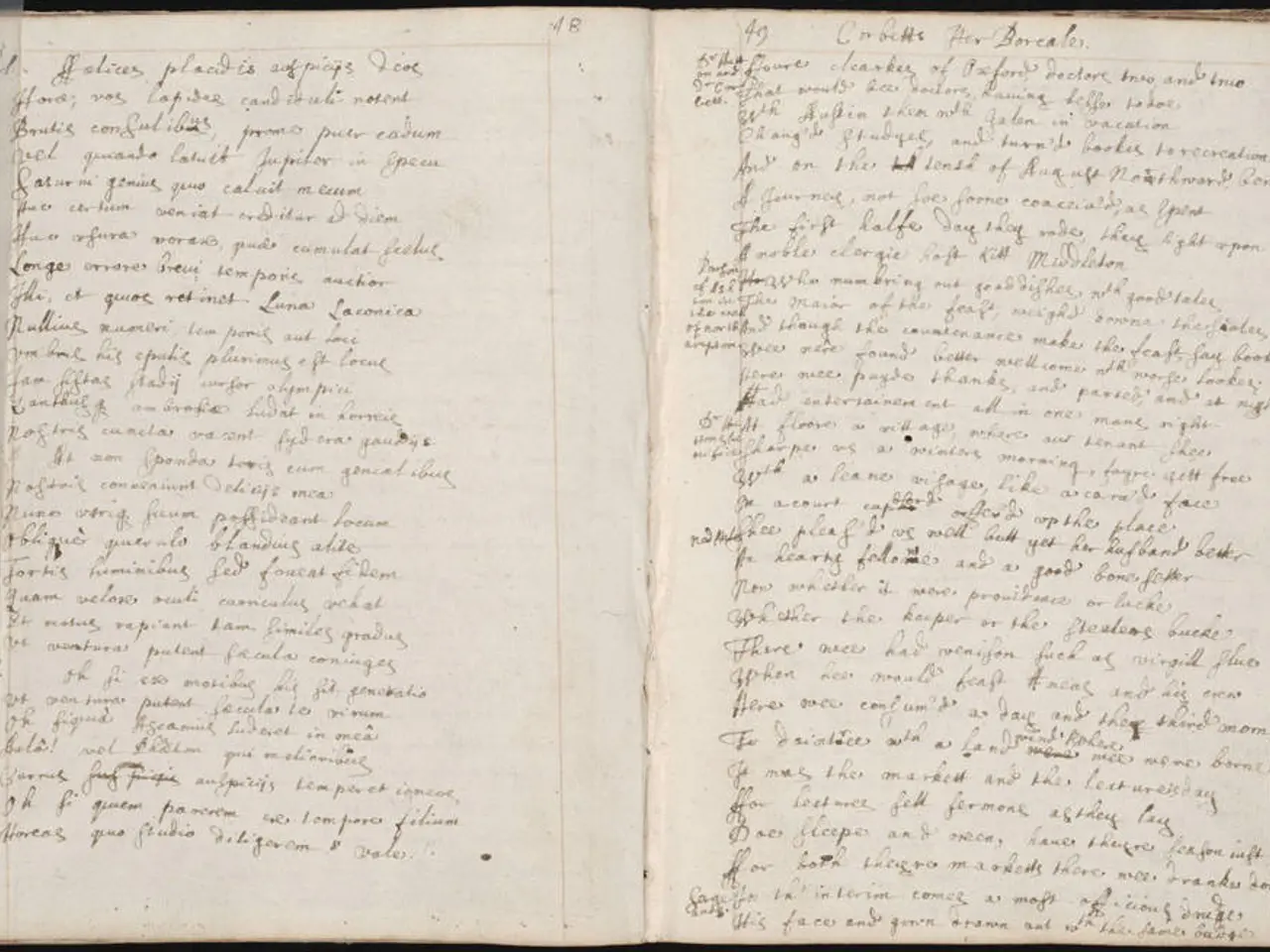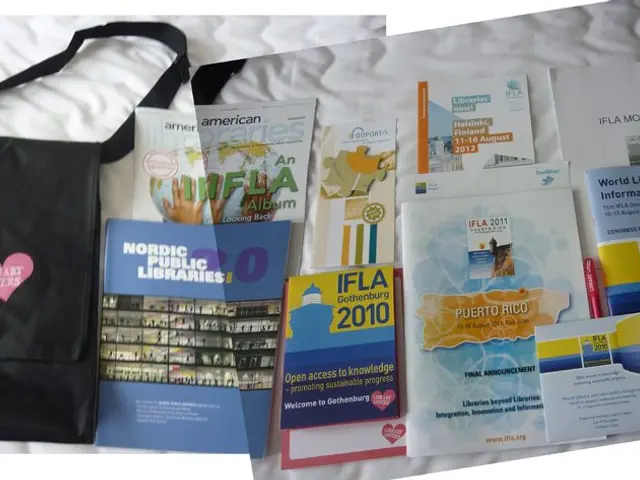Translation and Composition: Dual Tools for Aquatic Navigation
In the world of literature, the roles of authors who engage in translation, such as Jhumpa Lahiri and Nicola Gardini, are redefining the boundaries of originality and authorship. By viewing translation as a creative act rather than a mere replication, these authors are blurring the lines between original and translated texts, inviting reconsideration of literary ownership, authenticity, and the fluid identity of texts across languages.
Jhumpa Lahiri, a renowned author known for her original works, has also made a name for herself in the realm of translation. Embracing multilingualism, Lahiri challenges the classical idea that originality exists only in the source language. Instead, she emphasizes the active, interpretive role of the translator-author, an approach that broadens authorship to include linguistic and cultural mediation.
For instance, Lahiri's work on translation is likened to the process of grafting. In her book, Why Italian. A Story of Metamorphosis, she uses this metaphor to describe her experience with the Italian language, symbolizing immigrants contributing to a new society. This metaphor also has political implications, suggesting that change and adaptation are necessary for growth and civilization development.
Lahiri views writing and translating as two aspects of the same activity. Her work, Gardening, in Gardini's book, Translate is a Kiss, discusses the idea that translation is a means of reassembling and multiplying speculations. This perspective suggests that literature is not normative, but speculative.
Nicola Gardini, another translator-author, reflects on translation's role in literature as a dynamic interaction with texts, pushing against the fixed boundaries of authorship. By practicing translation themselves, such authors undermine the hierarchical distinction between original creation and reproduction. This act questions the myth of a singular, stable, and inviolable "original," suggesting instead that texts live and evolve through linguistic transformation and cultural exchange.
The work of Lahiri and Gardini contests the entrenched Romantic ideal of the solitary genius and single-language originality. Instead, they advocate for a more plural, dialogic, and intertextual understanding of literary creation. Their work highlights that authorship can be fluid and collaborative, with translation as a form of creative authorship that challenges and expands traditional definitions.
While research on Lahiri and Gardini's impact on these conceptual debates is not extensive, the wider field of translation theory and literary practice widely supports this view of translator-authors as figures who challenge orthodox ideas about originality and authorship through their dual roles.
References:
[2] Research on translation theory and literary practice widely supports this view of translator-authors as figures who challenge orthodox ideas about originality and authorship through their dual roles. (Source: Not provided)
- The fusion of languages and cultures in fashion-and-beauty, lifestyle, and pop-culture can be seen as a reflection of the work done by translator-authors like Jhumpa Lahiri and Nicola Gardini, who push the boundaries of originality and authorship.
- In the realm of sci-fi-and-fantasy literature, one might interpret the concept of alternate realities and multiverses as a metaphor for the transformative power of translation, bringing original and translated texts closer and challenging notions of literary ownership.
- Engrossed in books about various subjects, many readers would be intrigued to learn about the influence of translators like Lahiri and Gardini on broader pop-culture discussions, including debates on the nature of originality, authorship, and identity in a modern, multilingual world.




